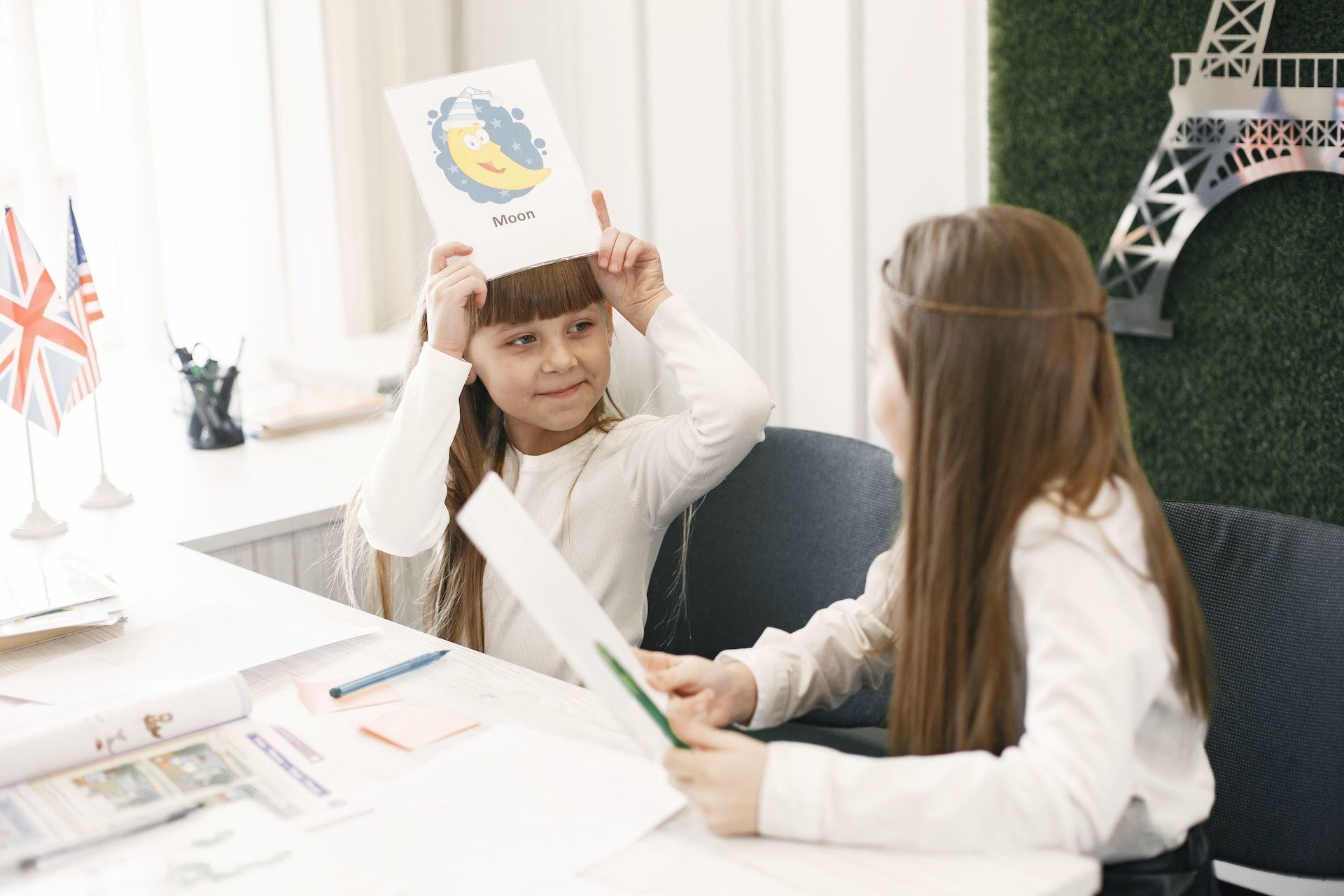How do visual supports help autistic students?
How do visual supports help autistic students?
Accessibility in education is an important pillar for the inclusion and development of children with Autism Spectrum Disorder (ASD). But the school environment, whether in public or private schools, is not always prepared to meet the specific needs of these kids.
Therefore, we prepared this content to bring information about visual supports, which are resources that can facilitate learning for autistic children.
Autism and communication challenges
One of the main symptoms of autism is communication difficulty. Because it is a spectrum, each autistic person can manifest this symptom at different levels: while some need help to express feelings, others may experience the total absence of speech.
In addition to speech, communication is also done through body language, gestures, tone of voice, and figures of speech, such as metaphors and idioms. But many autistic people do not understand or use these language tricks, creating yet another barrier to communication.
What are visual supports?
Visual supports are
communication tools to facilitate the interaction of an autistic person. Any visual item, such as an object, sign, written words, symbols, drawings, videos, and photographs can be used as a tool to communicate.
Choosing the most suitable tool may vary from person to person. Some will adapt better with drawings, while others may need real objects to understand or communicate the message.

The importance of visual supports for autistic people
Visual supports are essential to make communication easy for people on the spectrum. Pointing to figures representing feelings, actions, or objects
can help to show their desires or needs. It enables interaction, helps to reduce stress, and increases independence and inclusion.
Many autistic people tend to have strong visual skills. According to pedagogue and psychometrician Beatriz Zeppelini, “many people with autism, who can express themselves verbally, have already stated that they learn more when information is visual. It happens because the brain area responsible for the visual part tends to work better in people with autism. Many have an excellent visual memory”, she says.
Remember:
Visual supports should be simple, portable, durable, and personalized to each person according to their age, topics of interest, and specific needs.
How can visual supports assist students with autism?
- Illustrating the school rules and giving tips on how to get along with other classmates.
- Signaling the environments and clarifying what is expected of the student in each of these locations.
- Signaling the daily routine, showing what will happen throughout the day, such as which room they should be in for each class, time of each activity, etc. This prepares the child for the pace of school and avoids the stress caused by sudden changes.
- Illustrating all the steps involved in an activity or exercise. It will allow the child to have autonomy and independence to carry out what is proposed.
- Creating visual cues that help them find their way around school grounds: how to get to the bathroom, where they can go during break time, and the way to the library, for example.
- Organizing the notebooks, books, and exercises of different subjects with different colors, so that the child can easily find what they need. Labels for categorizing school supplies can also be helpful.
- Modifying the environment, leaving the visual tools always in sight, allowing the student on the spectrum to make choices, and express their feelings and needs. Do not store this feature in drawers or other places where children cannot reach it.
Remember: it is essential that visual supports change with age and are aligned with each person's cognitive abilities. Real photos or more discreet visuals may be more suitable for teenagers, youth, and autistic adults.
The advantages of using this resource in schools
- Improves communication and understanding
- Helps to socialize with colleagues
- Increases discipline
- Facilitates understanding of time
- Makes the child more autonomous and independent to carry out activities
- Decreases stress and stereotypies
Unfortunately, most of the difficulties that autistic children face at school are due to
not having their way of learning respected or to a lack of information about what to do in different social situations. But when the school and teachers understand this and adapt, it promotes inclusion.
After all, a respectful, empathetic, and accessible school for all people will create better citizens!
Learn more about Jade EDU, the software that enables an inclusive classroom
Jade Edu is an educational software that provides teaching activities for autistic students. The main objective of the tool is to help educators to develop teaching strategies adapted for autistic children, considering their difficulties and potential.
Click here to learn more about this solution.
Todos os direitos reservados | Jade Autism
Assine nossa Newsletter
Fique por dentro de todas as novidades do universo da educação e autismo.
newsletter
Obrigado por assinar nossa newsletter!
Desculpe, houve um erro ao enviar. Tente novamente mais tarde.
Assine nossa Newsletter
Fique por dentro de todas as novidades do universo da educação e autismo.
Contate-nos
Retornaremos assim que possível.
Tente novamente mais tarde.
contato@jadeautism.com
Brasil: Av. Nossa Sra. da Penha, 1255, Sala 705 – Santa Lúcia, Vitória/ES
Emirados Árabes Unidos: Office 16-120, Floor 16, Wework Hub71, Al Khatem Tower - ADGM Square - Al Maryah Island - Abu Dhabi
UK: Innovation Centre, Gallows Hill, Warwick - England - CV34 6UW
US: 5401 S Kirkman Rd, Suite 135 - Orlando, Forida - US - 32819

